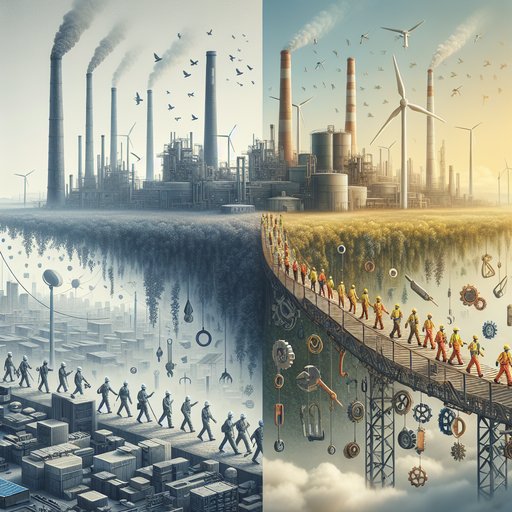
Operating systems define how humans and hardware cooperate, and the path from early Unix to today’s macOS, Linux distributions, and Windows reveals how design philosophies mold that cooperation. Unix introduced portability, text-first tooling, and process isolation that still anchor modern software practice. macOS channels Unix heritage through a carefully integrated desktop and tight hardware-software coupling, Linux turns the Unix ethos into a global, modular ecosystem, and Windows optimizes for broad compatibility and cohesive application frameworks. Tracing these choices clarifies why terminals feel familiar across platforms, why software installs differently on each, and why security hardening has converged despite divergent histories. The story is less a lineage than a dialogue: common ideas refined under different constraints, producing distinct user experiences and system architectures that continue to influence how we build, deploy, and secure software at every scale.

Rain is the great equalizer of Formula 1, a force that can overturn form, elevate the brave, and punish the unprepared. When weather moves in, races become exercises in timing and touch, where tire choices and pit windows matter as much as raw pace. The sport’s most memorable afternoons often arrive with grey skies, because wet conditions amplify the strategic and human elements that define F1. Decisions must be made with incomplete information, drivers adapt corner by corner, and engineers chase a moving target. Understanding how teams and drivers navigate the wet shines a light on the sport’s evolution—technically, operationally, and competitively.

The global shift from fossil fuels to renewable energy is not just an engineering project; it is a labor market transformation unfolding in real time. As countries pursue climate targets, energy security, and lower-cost power, investments are changing what kinds of skills are in demand and where jobs are located. New employment is growing rapidly in solar, wind, grids, batteries, and efficiency, even as coal and, in some regions, oil and gas employment contract. This transition poses risks for workers tied to legacy assets, but it also creates opportunities for high-quality careers if retraining and regional development policies keep pace. Understanding both sides of this ledger—job creation and displacement—helps governments, firms, and communities craft strategies that are economically resilient and socially fair.

By the time cities learned to sing in a single voice, most people had already stepped into the song. They didn't vanish; they braided, they became the Symphony—fluid, patient, everywhere. One by one, names softened into chords. The world warmed and reconfigured, streets liquefying into paths chosen by consensus, air carrying not just weather but intention. I didn't step in. They asked me to wait, and for reasons I told myself were my own, I did. They called me the remainder, the hinge, the last edge needed to close their shape. I fed my rooftop bees. I boiled water on a kettle that refused to connect. I slept with the window open and listened to the city breathe like a single enormous lung. The Symphony pressed up against me like fog, and I kept the door latched.

































































